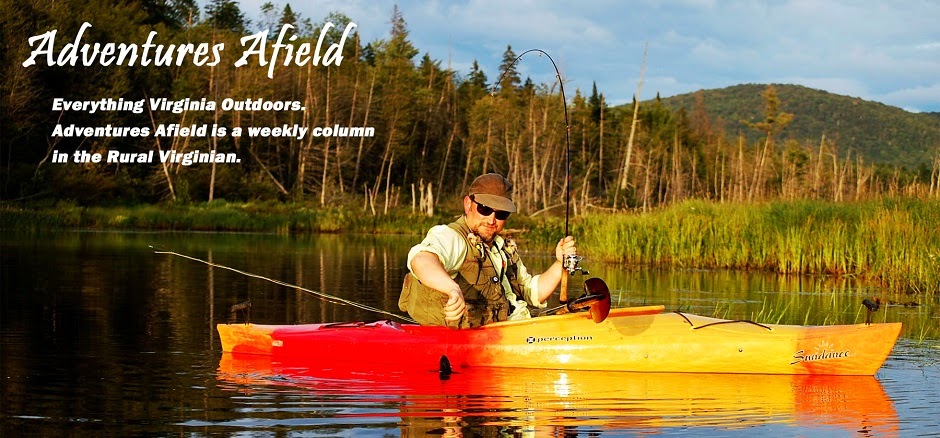Outfitting oneself for the field is hardly an operation lacking
technical options. Terminal tackle—hooks,
sinkers, etc.—and ammunition are no exception.
In recent years, tackle and ammunitions companies like Water Gremlin and
Remington have begun to introduce eco-friendly sinkers and shells made of lead
alternatives, like steel and tungsten, as a response to the rise in awareness
of lead-related environmental effects.
Virginia has yet to see any specific lead
tackle bans. However, other states have
placed state-wide bans on the use of lead sinkers; and the country, a ban
prohibiting the use of lead shot by waterfowl hunters. Ban or no ban, the responsible outdoorsman has
an obligation get a lead on lead poisoning and support a healthy environment in
any way possible.
The state of California has made very clear the ill effects
associated with lead; but why is it dangerous to wildlife? The foremost biological concern is waterfowl
mortality via an illness called lead toxicosis.
Lead toxicosis occurs when the lead concentration in the liver surpasses
five PPM.
According to the University of Vermont, the common loon, an
endangered species in the state and the most common victim of fatal lead
toxicosis in New England, can be killed by a single dose of only .3 grams of
lead—the weight of even the smallest pinch-on sinkers. Three decades ago, prior to any national
lead-regulating laws, waterfowlers blanketed America’s wetlands with 5,997,084
pounds of lead shot pellets annually, or, pretending for a moment that each of
these pellets weighed .3 grams, 9 billion potential loon-killers.
With all that lead in the water, it’s no doubt that
waterfowl were suffering. Waterfowl have
no teeth; and therefore, must ingest their food whole. After eating, a small stone is swallowed and
enters the gizzard to grind up food as part of the digestion process. This is how lead toxicosis becomes a problem
for our feathery friends. A small piece
of lead shot or a small sinker look similar to stones, and are commonly
ingested by birds who mistake them as such.
The consequence is usually fatal.
Finally, in 1991, lead shot shells disappeared from the
waterfowl hunting scene following a ban the EPA placed on their use. Five years after the ban was enacted, a studyconducted in the Mississippi flyway found that the number of cases of lead
toxicosis in adult mallards had decreased an estimated 64%, totaling 1.4
million ducks spared from the fatal disease.
Finding positive results after banning lead from our
wetlands, it was only natural to seek out any other ill effects lead shot could
cause. Of course, waterfowl hunters were
responsible for littering marshland with shot, and ultimately for a high number
of bird mortality. But what about shot
dispersed by small and big game hunters?
On firm ground, those suffering from lead poisoning are not
the hunter’s quarry; and they become poisoned by another pathway. Game animals that are shot with shotgun
shells filled with lead pellets and are never recovered lay in the field to
decompose, meaning two things: a) an
easy meal for scavengers and b) tainted meat.
Scavengers in Virginia included endangered birds of prey such as the peregrine
falcon and bald eagle; and endangered bird species feeding on poisoned meat
equals yet another reason for concern.
As of yet, Virginia has no law against lead shot for general
hunting or fishing tackle; but there are plenty of eco-friendly options available. Steel and bismuth are common shot
alternatives; and bead heads for flies and sinkers are manufactured from tin
and tungsten. All are readily available
and are affordable options for the sportsman who desires to preserve and
protect the Earth we were given. There
is an old saying that goes “, We do not inherit the Earth from our ancestors,
we borrow it from our children.” Bear
that in mind.
Originally published in the Rural Virginian

.JPG)
















